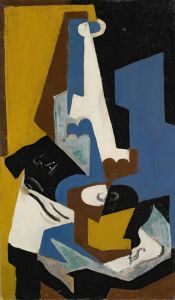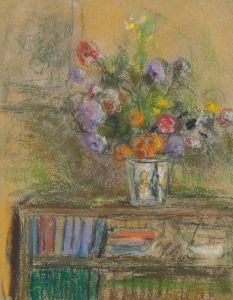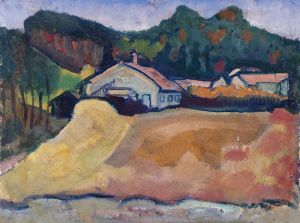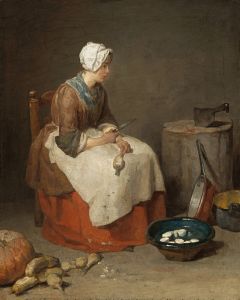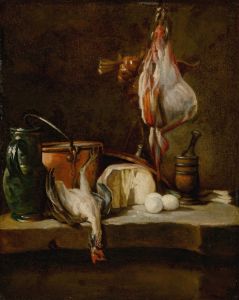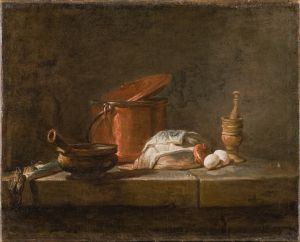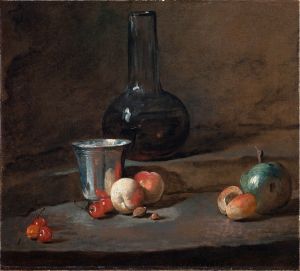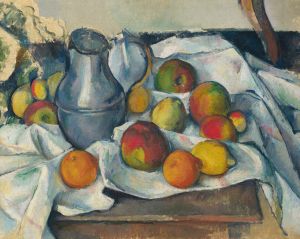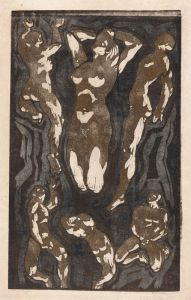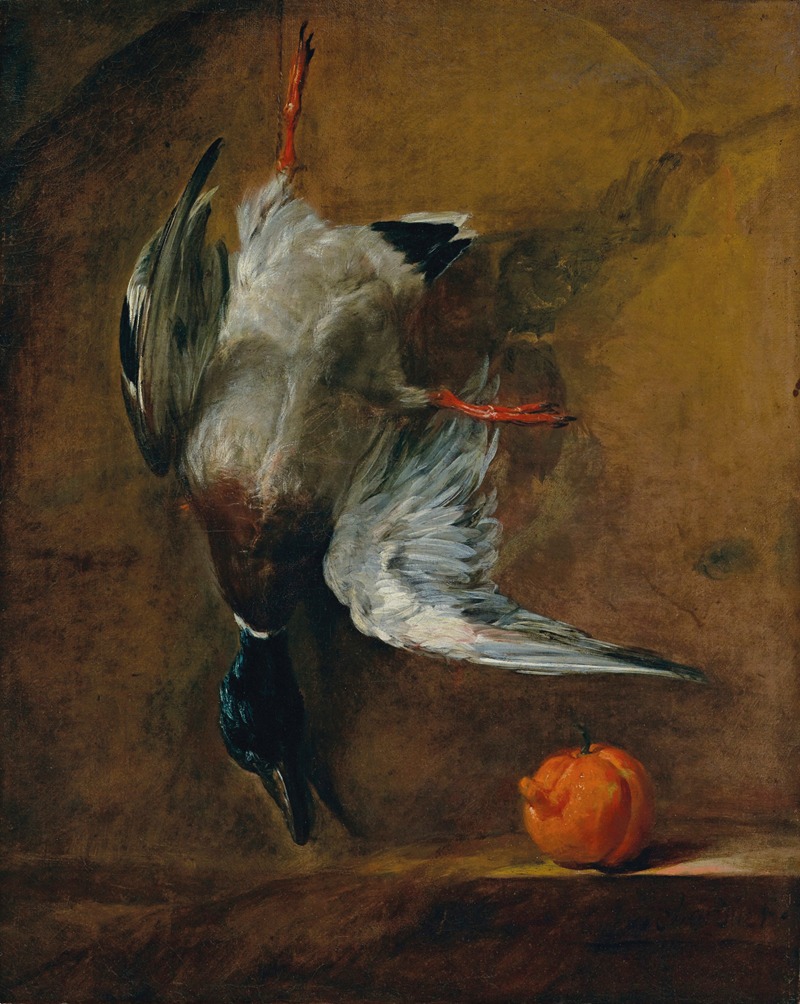
A mallard and a bitter orange
A hand-painted replica of Jean Siméon Chardin’s masterpiece A mallard and a bitter orange, meticulously crafted by professional artists to capture the true essence of the original. Each piece is created with museum-quality canvas and rare mineral pigments, carefully painted by experienced artists with delicate brushstrokes and rich, layered colors to perfectly recreate the texture of the original artwork. Unlike machine-printed reproductions, this hand-painted version brings the painting to life, infused with the artist’s emotions and skill in every stroke. Whether for personal collection or home decoration, it instantly elevates the artistic atmosphere of any space.
Jean Siméon Chardin was a renowned French painter of the 18th century, celebrated for his still lifes and genre paintings. His work is characterized by a remarkable attention to detail, a subtle use of color, and a profound sense of composition. Among his notable works is the painting titled "A Mallard and a Bitter Orange."
Chardin was born in Paris in 1699 and spent most of his life in the city. He was admitted to the Royal Academy of Painting and Sculpture in 1728, where he gained recognition for his still life paintings. Chardin's approach to still life was unique for his time; he focused on everyday objects and scenes, imbuing them with a sense of dignity and tranquility.
"A Mallard and a Bitter Orange" exemplifies Chardin's mastery of still life. The painting depicts a mallard duck and a bitter orange, arranged with meticulous care. Chardin's use of light and shadow creates a sense of depth and realism, while his choice of subjects reflects his interest in the natural world and the beauty of ordinary objects.
The mallard, a common species of wild duck, is rendered with exquisite detail. Chardin captures the iridescent quality of the bird's feathers, highlighting the subtle variations in color and texture. The bitter orange, placed alongside the mallard, adds a vibrant contrast to the composition. Chardin's depiction of the fruit is equally detailed, with careful attention to the surface texture and the play of light on its skin.
Chardin's still lifes are often noted for their simplicity and restraint. In "A Mallard and a Bitter Orange," there is a sense of balance and harmony in the arrangement of the elements. The composition is carefully structured, with each object placed to create a pleasing visual rhythm. Chardin's use of a muted color palette enhances the overall sense of calm and serenity.
Throughout his career, Chardin's work was celebrated for its technical skill and emotional depth. His still lifes, in particular, were admired for their ability to elevate everyday objects to the level of fine art. "A Mallard and a Bitter Orange" is a testament to Chardin's ability to find beauty in the mundane and to convey a sense of quiet contemplation through his art.
Chardin's influence extended beyond his lifetime, impacting future generations of artists. His work is considered a precursor to the Realist movement of the 19th century, and his approach to still life painting has been studied and admired by artists and art historians alike.
Today, Chardin's paintings are held in high regard and can be found in major museums and collections around the world. "A Mallard and a Bitter Orange" remains a fine example of his skill and artistic vision, showcasing his ability to transform simple subjects into profound works of art.






